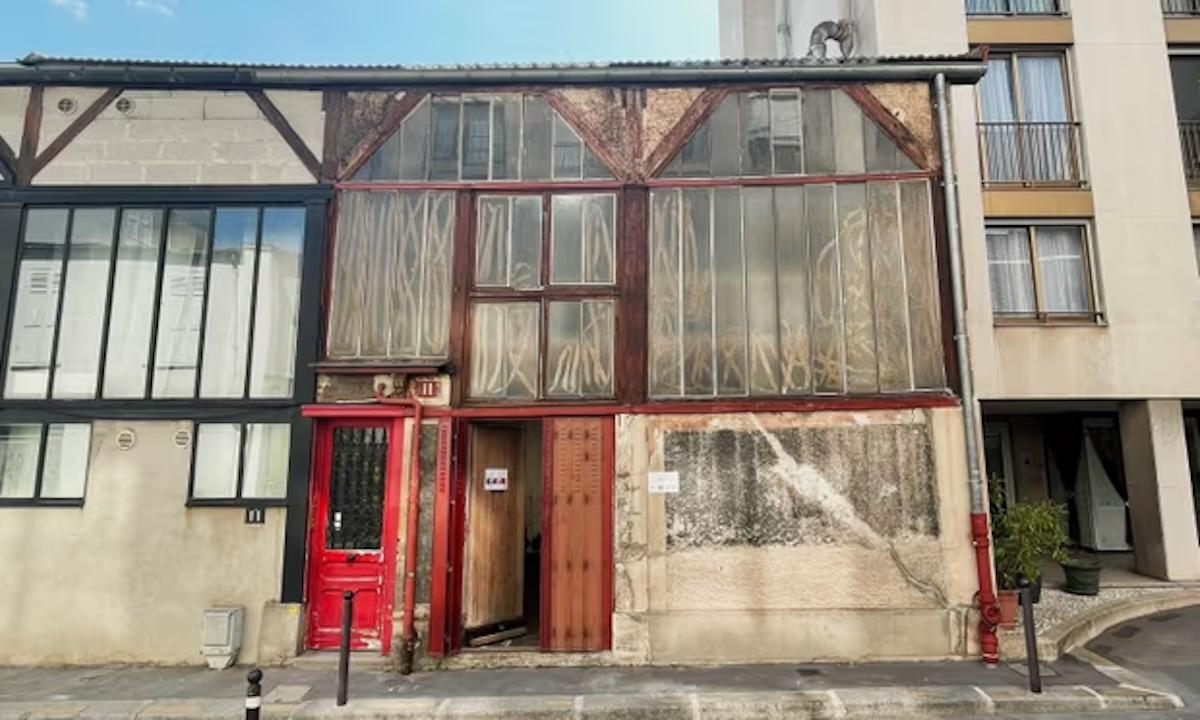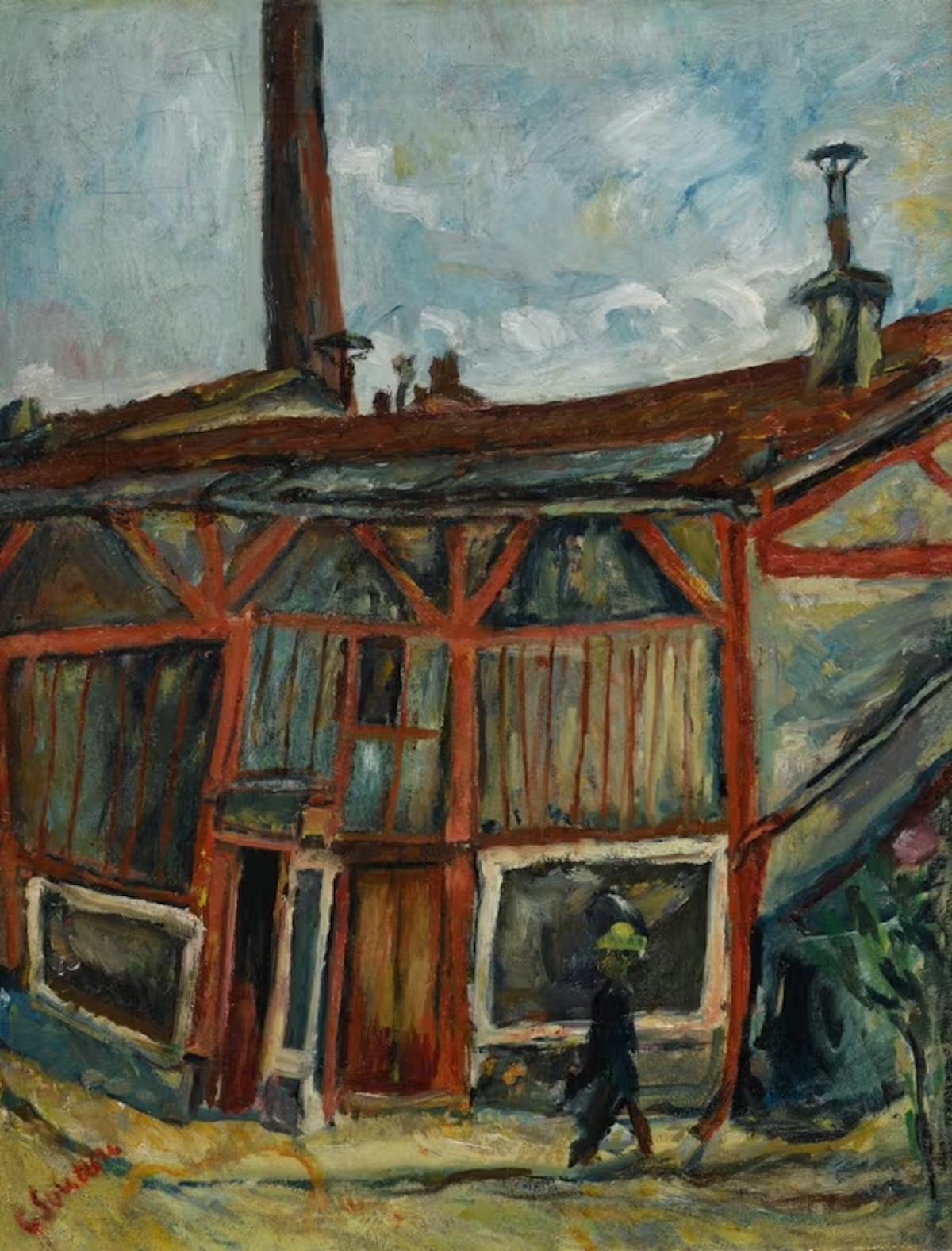Chaïm Soutine, a member of the commune, had painted the facade while he lived at Cité Faiguière, which has helped restorers to understand how it originally looked. According to the Fondation du Patrimoine, the facades and interior are in a “worrying state” and show many cracks. It will require major restorations and an overhaul of the three-storied structure.
“The heart of this project is to preserve this heritage in a living and active way," Jessica Chilloh, the coordinator of the project, told The Guardian. "We don’t want to turn this place into a museum but for it to remain a place for artists to come and work and be a place of creation."
Cité Faiguière was built in 1861 by artists, for artists. Jules-Ernst Bouillot, a sculptor and patron, commissioned Alexandre Falguière (1831-1900), also a sculptor, to build thirty small workshops that would offer artists a cheap place to rent for their studios. These ateliers were composed of wood and metal, with large glass windows that allowed larger sculptures to be moved in and out of the buildings.
Gauguin set up his studio in the commune in 1877. Later, Modigliani settled in Cité Faiguière where he met the Russian poet Anna Akhmatova, who became his mistress. From there, Brancusi, who traveled from Romania, and Soutine, who emigrated from Russia, settled into Cité Faiguière. Soutine and Modigliani shared Atelier 11.
The studio was home to over a hundred French and international artists. The campaign to restore it will help it become, once again, a hub for artistic exchange and expression for a new generation of artists.


























